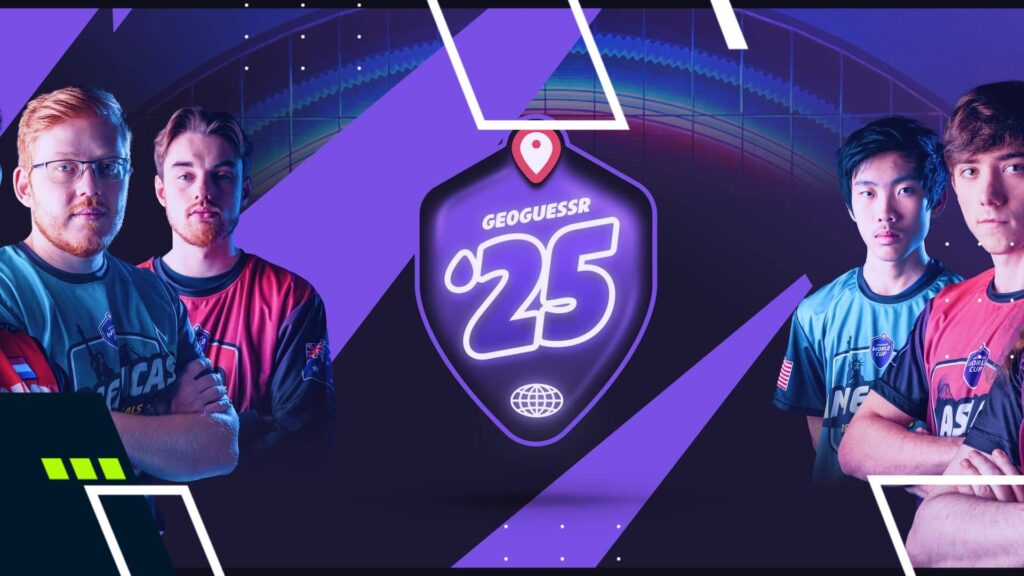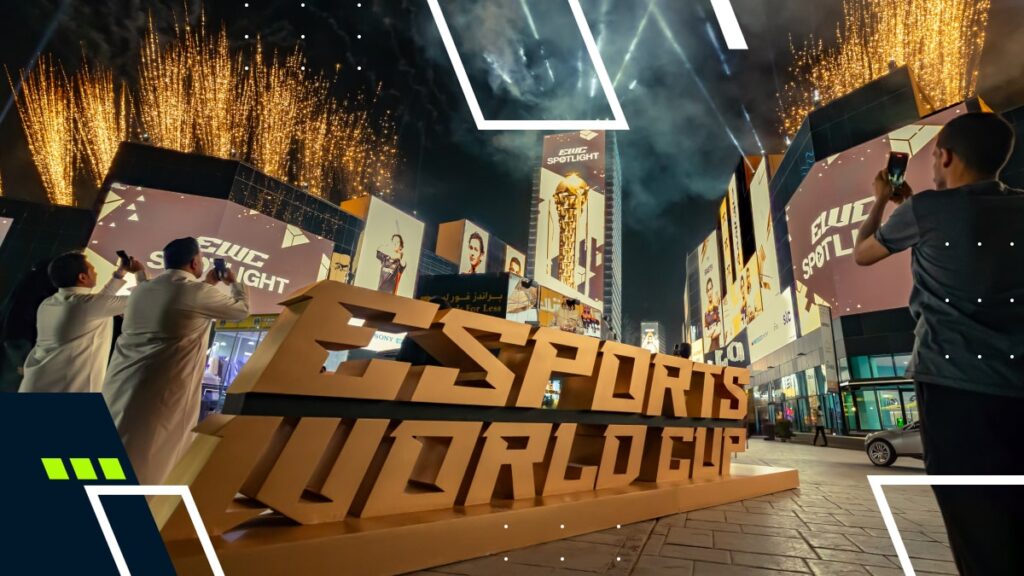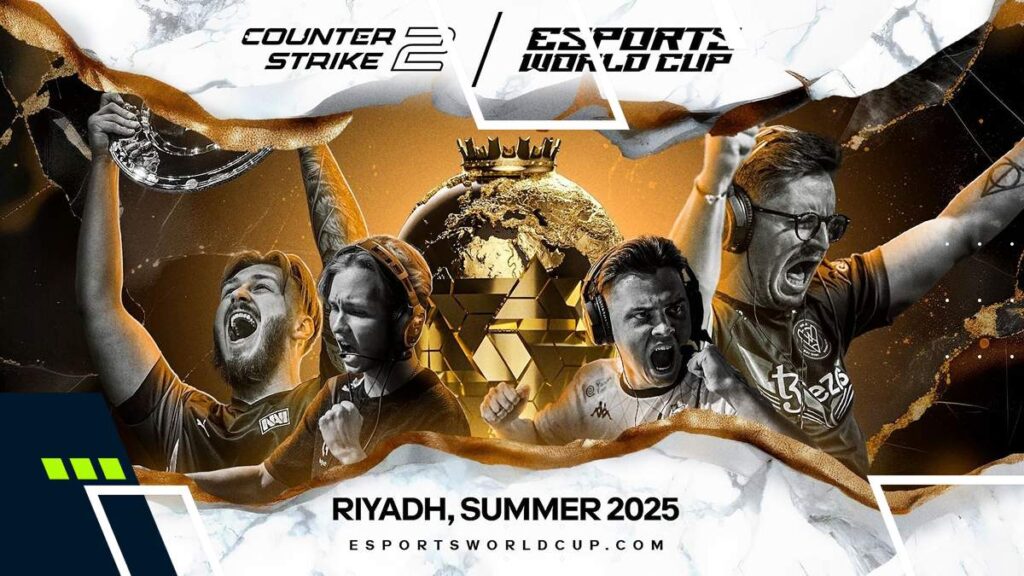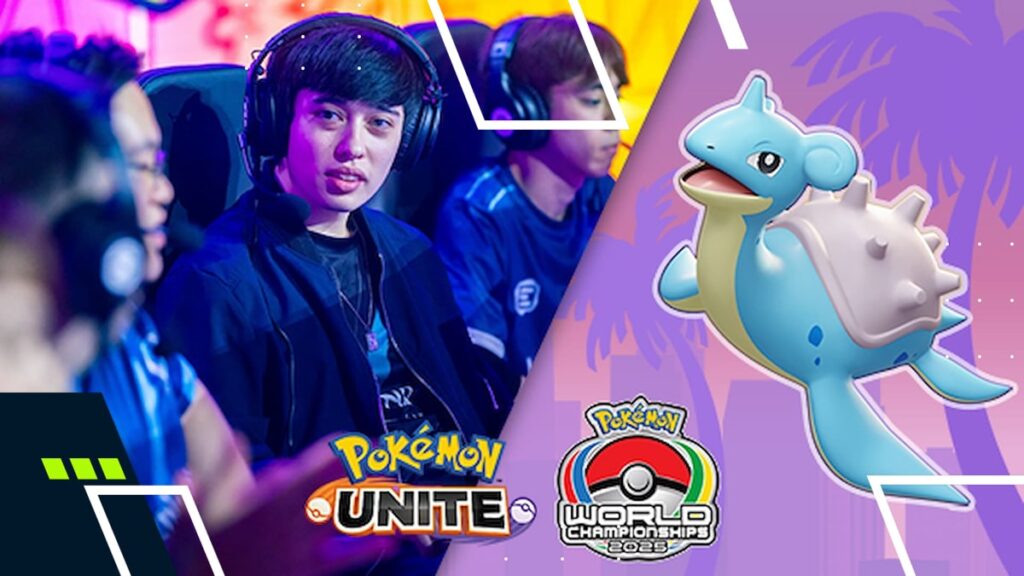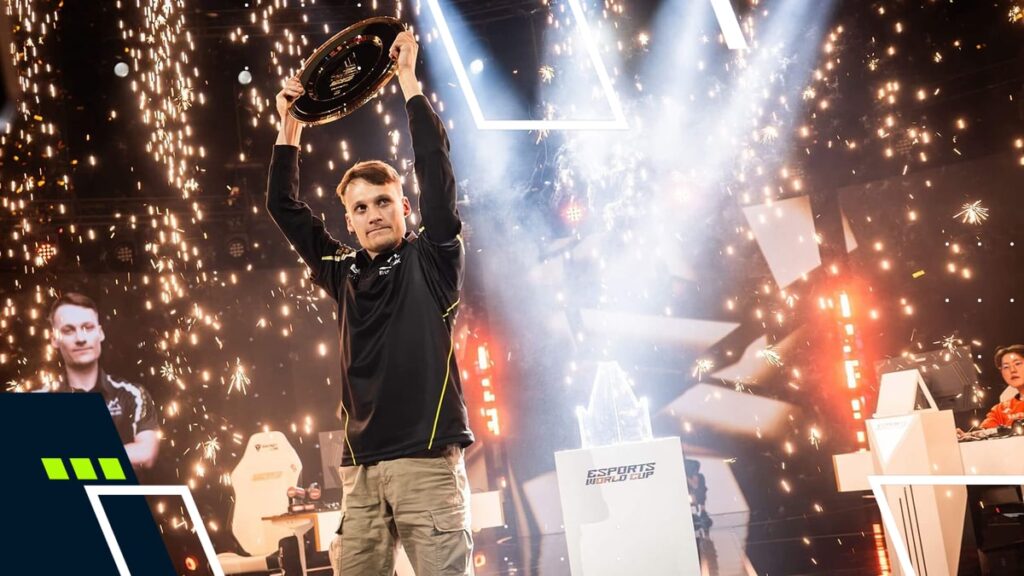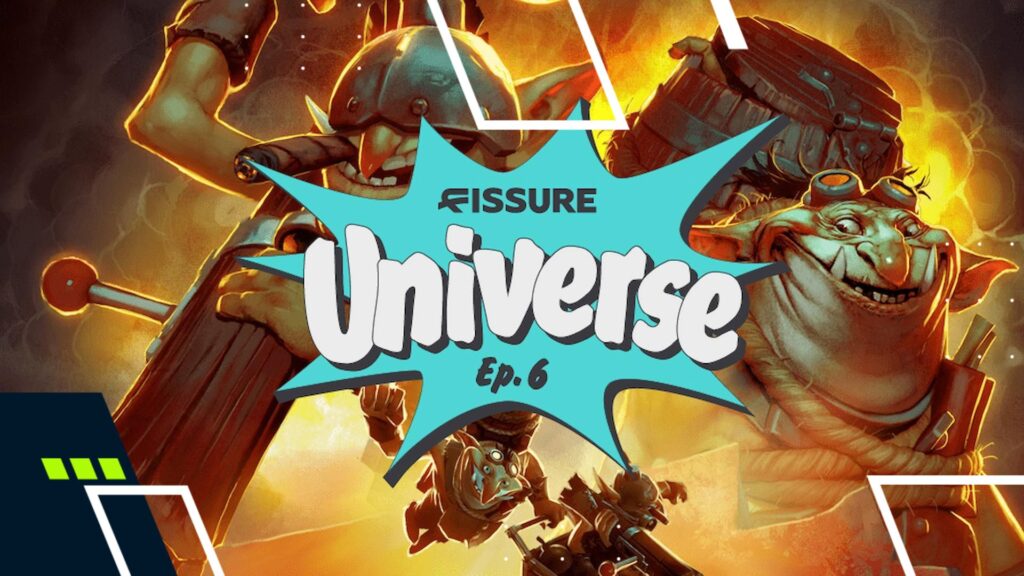
Why Sentinels and G2 Are Far Ahead of the Curve in VCT Americas
Two teams keep setting the pace in VCT Americas: Sentinels and G2 Esports. Their edge isn’t just star power: it’s roster continuity, consistent opening duel wins, and insane clutches that show up across VCT Americas and international events alike.
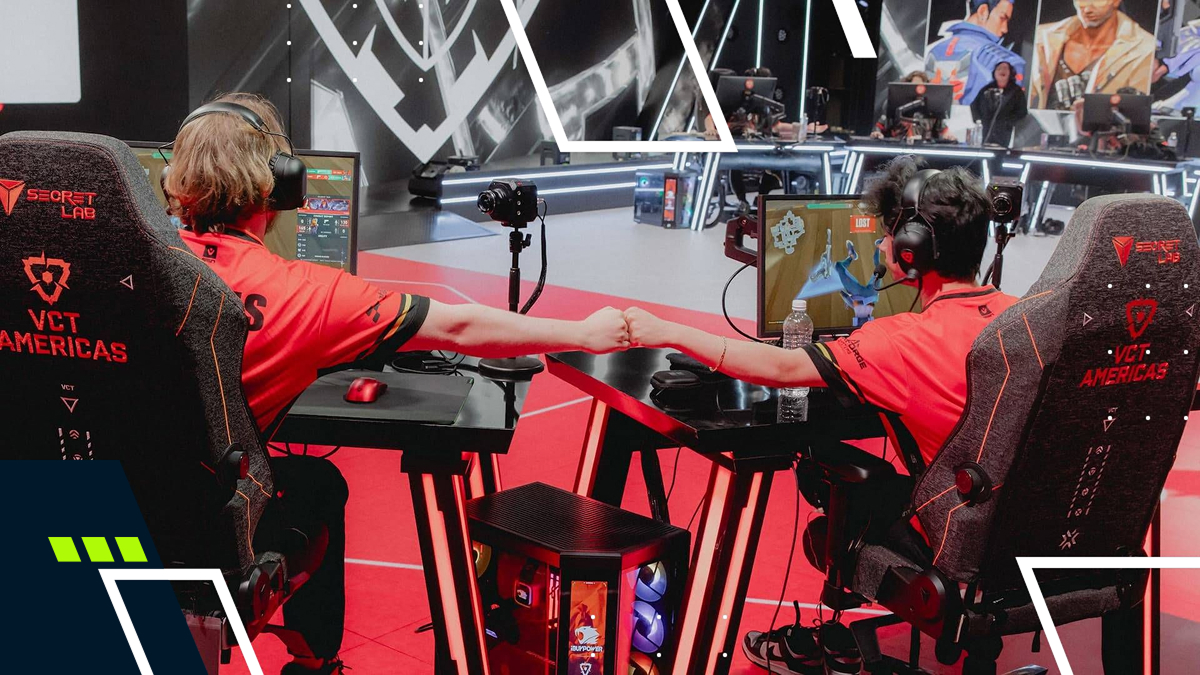
Image source: Colin Young-Wolff/Riot Games
G2 and Sentinels Roster Stability and Role Clarity
Stability breeds synergy. G2’s long-standing core of Trent “trent” Cairns, Jacob “valyn” Batio, Nathan “leaf” Orf, and Jonah “JonahP” Pulice has been intact since late 2023, with Alexander “jawgemo” Mor joining in October 2024, meaning the full five have nearly a year together entering Stage 2. This original core previously played together under The Guard, where they won VCT Ascension Americas in 2023, proving they could already compete and succeed at the highest tier, and qualifying for VCT Americas before joining G2. The team roles are crystal: trent/leaf/jawgemo as space-makers, valyn as the IGL-anchor, JonahP as the flexible glue.
Sentinels’ current five (Zachary “zekken” Patrone, Marshall “N4RRATE” Massey, Jordan “Zellsis” Montemurro, Sean “bang” Bezerra, Amine “johnqt” Ouarid) has been together since October 7, 2024, giving them a long runway to refine protocols. With zekken as the primary duelist, N4RRATE on scans, bang/Zellsis in flex-anchor, and johnqt IGLing, the division of labor is consistent across maps.
In contrast, many other VCT Americas teams have dealt with frequent roster shuffles in the last year: swapping core players, changing IGLs, or redefining roles mid-season. This constant turnover often forces squads into “reset” phases, where they are still building synergy while G2 and Sentinels are refining an already well-oiled system. The difference shows in round-to-round consistency, especially under playoff pressure.
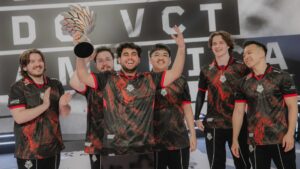
Image source: Colin Young-Wolff/Riot Games
The Opening Duel Machines
Opening kills decide momentum, and in Valorant, securing the first kill (FK) tilts a round heavily in your favor: historical data from pro play shows that winning the opening duel translates into round wins depending on map and economy. That means players with high first kills per round (FKPR) directly contribute to a team’s win rate before utility or rotations even come into play.
VCT Americas Stage 1:
- Sentinels: zekken recorded ~0.20 FKPR with a 1.15 rating, meaning he was securing the first kill in roughly 1 out of every 5 rounds, often enough to swing a full map’s momentum. When paired with bang’s strong trade percentage and first duel assist rate, it meant even if zekken didn’t land the kill outright, the team was converting the fight into an advantage. N4RRATE’s ~0.08 FKPR may seem modest, but across dozens of rounds it equated to multiple free site entries per map, directly fueling Sentinels’ high conversion rate after openers.
- G2: trent’s event-leading 1.24 rating and ~0.07 FKPR, combined with leaf and jawgemo’s ~0.13–0.17 FKPR, meant that G2 frequently entered attacking rounds in 5v4 situations before the site hit even began. This numerical edge simplifies site executes and makes post-plant holds far easier because the opponent has fewer players to retake with.
VCT Americas Stage 2:
- Sentinels: zekken’s ~0.25 FKPR with a 1.22 rating placed him among the deadliest duelists in the region, turning fights in their favor every 4 rounds on average. N4RRATE added ~0.15 FKPR, giving Sentinels two consistent openers. With bang and Zellsis posting low first death rates, early advantages rarely slipped away, meaning their openings almost always translated into control of the round.
- G2: jawgemo’s ~0.17 FKPR, paired with trent and valyn’s ~0.06–0.07 FKPR and ratings of 1.29 and 1.25, created a triple threat in the early round.
The takeaway is clear: these aren’t just flashy stats. Every player advantage they generate for themselves significantly boosts win probability. Because both teams distribute this pressure across multiple players, opponents can’t just shut down one entry fragging star; they have to win early fights across the board, which very few teams can sustain over a series, especially once you get used to strategies your opponents keep pulling, which means teams also need to keep innovating.
Conversion and Clutching
An opening kill is only as valuable as what you do with it — and Sentinels and G2 excel at turning those 5v4s into round wins. In pro Valorant, optimally, elite teams typically aim to convert three fourths of their rounds with a man advantage. Both squads consistently hit or exceed that mark, meaning their strong FKPR numbers translate directly into scoreboard pressure.
VCT Americas Stage 1:
- Sentinels: Bang’s ~29% clutch win rate was massive for a flex-anchor role — winning nearly 1 in 3 man-disadvantage situations kept SEN in maps where lesser teams would have folded. Pair that with zekken’s multi-kill rounds and you get a squad that can close games before the opponent even has a chance to reset economy or momentum. These numbers show why Sentinels could snowball halves, since once they gained the opener, they had both the discipline and the firepower to secure the round almost automatically.
- G2: Their low first-death rates meant they rarely gave up early-round edges, and even when they did, the roster’s post-plant win rate remained high thanks to players like leaf and jawgemo. In practice, this meant that once G2 planted the spike, opponents were often staring down fully set utility lines and multiple crossfires, turning retakes into near-impossible tasks.
VCT Americas Stage 2:
- Sentinels: KAST values between 77–83% indicated not only high survival rates but also strong trading discipline. When they got the opener, they maintained control deep into the round, forcing opponents into desperate retake attempts against players like bang and Zellsis — Both of whom closed out clutch scenarios at above-average rates for their roles. The result: early advantages almost never slipped away.
- G2: JonahP’s clutch percentage was one of the highest among flex players in the league, meaning G2 had a reliable closer in tight 1vX situations. This ability to flip disadvantageous rounds into wins doesn’t just add extra points to the board — It breaks the opponent’s mental and economy, often setting up multi-round streaks.
The measurable impact here is simple: both teams not only create early-round advantages, they protect them with disciplined play and recover when behind. That’s the difference between a good team that trades rounds and a great team that builds insurmountable leads.
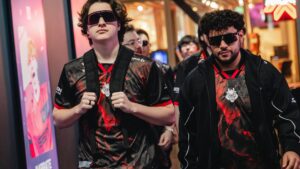
Image source: Colin Young-Wolff/Riot Games
Individual Prowess Across Stages 1 and 2
- G2: trent has been a perennial top-three performer in Americas across both stages (rating/impact), leaf supplies lurk kills and post-plant fragging, and jawgemo provides high-tempo space on comfort agents. Valyn’s numbers stay quietly efficient (occasionally insanely efficient) while calling, plus JonahP’s clutch rate pops up when he’s needed.
- Sentinels: zekken remains one of the region’s best duelists (high ACS/FKPR both stages), N4RRATE pops off while getting the info his team needs, bang contributes elite survivability and clutching, Zellsis fills gaps with consistency, and johnqt’s brain keeps the machine humming.
Sentinels and G2 — Consistency on the Global Stage
Beyond their dominance in VCT Americas, both Sentinels and G2 have built reputations as consistent threats in international play. Sentinels’ track record speaks for itself. Masters Reykjavik 2021 put them on the map as the first North American team (and team ever) to win a global VCT title, albeit with an entirely different roster. The core of the current iteration of their roster, with only Tenz remaining from the original trophy-winning team, won Masters Madrid in 2024. This cemented Sentinels as the only Americas organization with multiple Masters trophies. Add in their 2024 VCT Americas Kickoff title, and it’s clear that this is a roster that can deliver across formats, metas, and years.
G2’s international resume, while more recent, is quickly catching up. Built around the core that won Ascension Americas 2023 under The Guard, they proved their staying power by lifting the 2025 VCT Americas Kickoff trophy. Their near-miss in the Masters Bangkok 2025 Grand Final and a semifinal run at Masters Toronto in the same year showed that they can push deep into brackets against the very best from EMEA, Pacific, and China.
What separates these two from the rest of the Americas field is sustainability. Both have shown they can adapt to different metas, beat diverse international playstyles, and perform under LAN pressure — not once, but repeatedly over multiple seasons. Their blend of domestic dominance and proven success abroad creates an aura of inevitability; every regional challenger knows that to claim a title, they’ll have to go through teams who have already toppled the world’s best.
Put together, it’s a simple formula that few others in the region can replicate: win the opener by committee, trade perfectly, and trust your IGL and clutch core to close. That’s why, when the dust settles, the finals keep reading the same two names.
FAQs – Ask us at Esports.net
Why are Sentinels and G2 consistently at the top of VCT Americas?
Their success isn’t just about individual talent. It’s built on roster stability, clearly defined roles, and strong team chemistry developed over time.
How do Sentinels and G2 gain early-round advantages in matches?
Both teams excel in opening duels. Players like zekken (Sentinels) and trent/leaf/jawgemo (G2) consistently secure first kills, putting their teams in 5v4 situations early in rounds.
Which teams are close to Sentinels and G2 in terms of performance?
The only teams remotely close to Sentinels and G2 are probably MIBR, KRÜ Esports and Evil Geniuses, who have occasionally been able to take some games off them.

